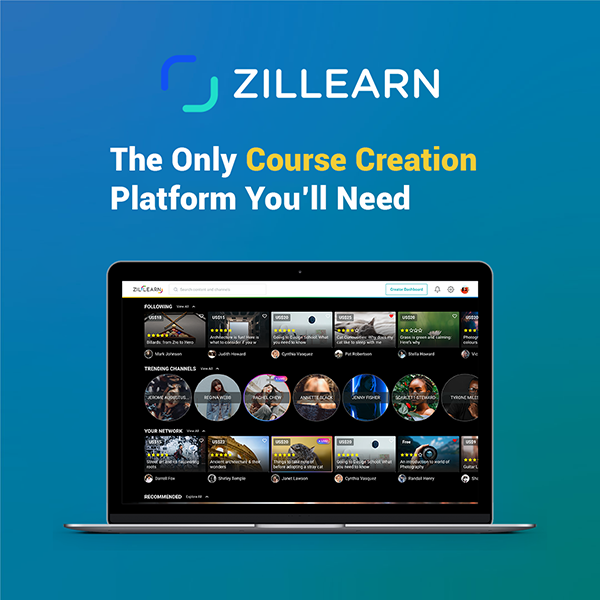The dynamic nature of the labor market calls for an empowered workforce but what does it mean to be an “empowered employee.”
In the recent LEARNTech Asia Conference 2021, four distinguished L&D and HR experts shared their insights on the development of an empowered workforce.
Moderated by Samuel Kim, the founding president of Center for Asia Leadership, the panel of experts agreed that an empowered workforce is a healthy, agile, and resilient group of people.
“To me, a healthy workforce is not limited to the obvious which is physical health and safety during this pandemic nor is it about developing super individuals so that we can double their workload,” said Alvin Goh, Executive Director of Singapore Human Resources Institute.
“It’s about approaching health with a more human-centric perspective which means moving away from profit-oriented to people-oriented.”
However, developing a healthy and empowered workforce is not an easy task.
David Yeo, LEARNTech Asia Chairman at Kydon Group highlighted two major challenges that organizations face – time and culture.
Time
Indeed, we live in a highly competitive and fast-paced world where everyone has 24 hours a day and an array of competing priorities such as being an employer or employee, a parent, a friend etcetera.
“Therefore, leaders and organizations cannot shove learning down the throats of their employees. We need to take a step back and understand their situation, limitations, and constraints,” said Yeo.
He added that leaders and organizations have to ascertain better ways of managing their employees’ time and workload so that learning can be integrated into their everyday work.
Culture
The Asian culture is uniquely respectful of seniority and hierarchy which allows for an easier creation of a structured and disciplined work environment. However, the Asian culture itself becomes an obstacle when the new way of work requires a more progressive form of communication within the organization.
“We need to learn to strike a balance between maintaining our Asian culture and creating a more empowered workforce to encourage a healthy growth of an organization,” said Yeo.
Jane Low, Manager and Learning Advisor at Royal Dutch Shell added that learning to strike that balance “starts with leaders recognizing how changes in the organization and labor market has and is impacting every single individual within the organization.”
In fact, “we saw in 2020, L&D practitioners had to swiftly equip leaders with the know-how to address the impact of the pandemic on their employees’ health including their mental health,” said Low.
It is not an easy task tackling these challenges, however, it is not impossible.
Break it down
Empowering a workforce begins with re-imagining the way we educate our employees.
“Conceptually, we understand the importance of learning but the reality is that we struggle to integrate learning into the flow of work,” said David Yeo.
Therefore, L&D content creators have to continuously break down their content into bite-size chunks. The breakdown of content into micro sessions allows for L&D practitioners and leaders to effectively integrate learning into their employees’ workflow. It also addresses the shorter lifespan of L&D content.
Moreover, microlearning is an ideal solution for empowering the workforce in this fast-paced world especially as learning can take place anytime and anywhere.
People-centric
Additionally, we need to refocus workplace learning to be more human touch-oriented.
“We need to learn to connect with people we never thought about connecting with,” said Jane Low. “Our purpose is to build relationships rather than complete a task and then we will see a powerful shift in the way an organization functions.”
This is not an easy goal to accomplish especially within the Asian community where organizational hierarchy is paramount. Therefore, we need to reinvent the way an organization in Asia communicates with one another.
Not only must the organization be people-centric, it must also empower its people to be open and vulnerable with one another about anything including their mental health.
“Leaders can introduce microlearning and a more human-touch approach into the organization but if they do not allow their people to apply what they learn then the initiatives are pointless,” said Alvin Goh.
After all, what is more powerful – having the knowledge or applying the knowledge?
If you want to learn to reimagine, refocus, and reinvent the way you empower yourself or your employees, sign up for the The Disrupted Labor Market: Lifelong Learning Revolution course here.




